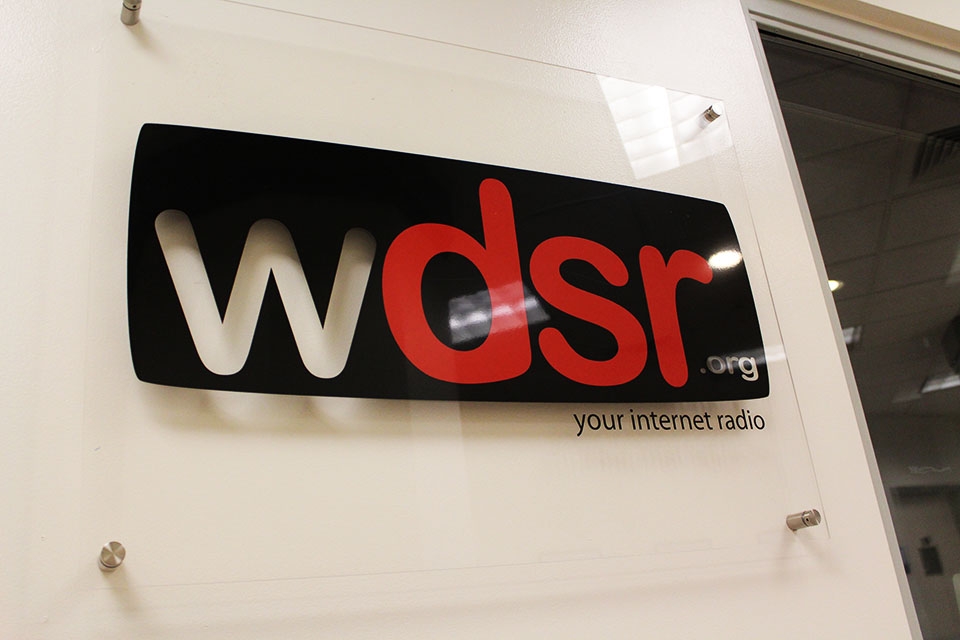
WDSR is Duquesne's student-run online radio station. Duquesne received a grant to partner with the National Museum of Broadcasting.

WDSR is Duquesne’s student-run online radio station. Duquesne received a grant to partner with the National Museum of Broadcasting.
Josiah Martin | Staff Writer
The story of radio began here in Pittsburgh with the first commercial radio broadcast in the country from Pittsburgh’s own KDKA in 1920. As the nation approaches the 100th anniversary of this milestone, Duquesne University is playing a role in the celebration.
The university announced that the Pennsylvania Department of Education has provided a $124,219 grant to Duquesne to preserve and organize the National Museum of Broadcasting’s (NMB) massive collection of material relating to the history of radio broadcasting.
The NMB, at the moment, is a Pittsburgh-based initiative looking to build a permanent museum in the city to celebrate its ties to the history of radio. As a part of this plan, they have amassed a large assortment of writings and recordings relevant to this history. Up until now, these materials have been locked away in storage, unavailable to the public and largely unorganized. That’s where Duquesne comes in.
“The Duquesne University Archives is working with the NMB to arrange, preserve, catalog and describe papers, recordings and other material,” said Thomas White, Duquesne University archivist.
White will play a major role in this effort, preparing the collection for display as an exhibit at Duquesne during the 2020 centennial celebration of that first commercial broadcast.
“This exhibit will … highlight the role that radio has played in the development of communication and mass culture in America.”
White says that President Ken Gormley “responded positively” to the NMB’s proposal that the university help with this project. With the planned exhibit, radio enthusiasts and historians will be able to appreciate and explore broadcasting’s history and influence, which White is hoping will bring attention to the university.
“Duquesne University will have some of the key historic documents that will be of national and global interest to scholars, students and ordinary citizens interested in the birth and history of radio,” he said.
Some feel that radio broadcasting’s influence is still greatly felt in today’s world. Dale Abraham, co-host of “Rhythm Sweet & Hot” on WESA, Pittsburgh’s public radio station that was formerly known as WDUQ and affiliated with Duquesne, notes that the beginning of radio marked the first time that the whole nation could receive information at once.
“It was the first mass communication method that became available to everyone,” said Abraham. “It used to take days for that kind of information to get across the country.”
While mass communication has spread and evolved far beyond what was possible in the early days of radio, Abraham points out that radio, despite a century of innovation in communication, has stood the test of time.
“Radio’s especially important because it refuses to die. … It’s turned out to be the most durable form of communication,” he said.
“Rhythm Sweet & Hot” is, according to Abraham, more popular than ever before in its 35-year run.
“Who would’ve thought that telephone landlines would’ve gone by the wayside? … But radio seems to somehow still make it,” Abraham said.
White said that radio is relevant specifically to the Duquesne community.
“Duquesne students formed one of the early amateur radio stations in Pittsburgh in the 1940s and leading figures like Bill Hillgrove graduated from our program,” he said. Bill Hillgrove is now President of the NMB.
White believes that everyone should pay attention to the upcoming centennial.
“It’s a great piece of Pittsburgh and Duquesne University history that students around the world should know about,” he said.




